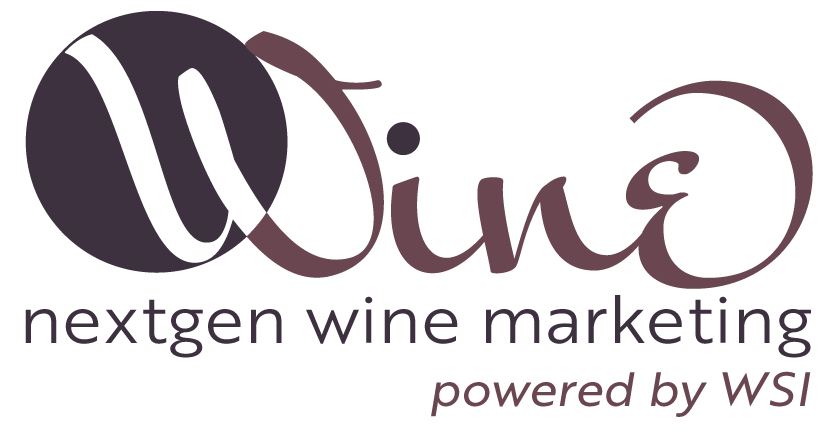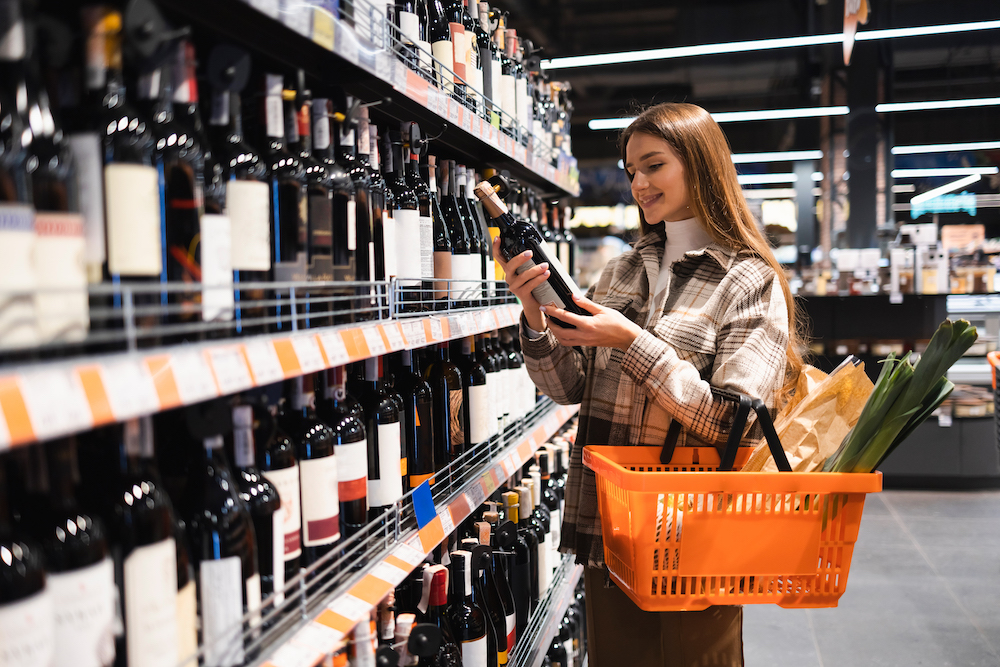Making great wine isn’t the only thing you should rely on for a successful winery business. The winery business of today is more dynamic and competitive than it’s ever been. So, how do you make your label stand out in a sea of wine options, both retail and online?
People don’t buy wine for the bottle. They buy it for the experience.
The goal of winery marketing isn’t really about seeking and responding to consumer input; it’s about influencing tastes. Some vintners engineer wines to earn high critic scores, but the ones that really shape the market adopt more subtle tactics. They aim to build influential relationships with the critics and their customers rather than pleasing them. In simpler terms, they develop distinct wine brands by providing people with the parlance needed to “explore the soul” of their wines.
Mapping The Course: Storytelling and The Customer Journey
Most people who encounter your brand for the first time are unlikely to make a purchase. As such, it’s important to give consumers more chances to engage with your brand. Wineries tend to rely on tastings and events to boost sales. But such activities only represent one touchpoint.
Successful winery marketing is about connecting authentically with your customers through all stages of the buyer’s journey.
1. Strangers become engaged
First, a potential customer becomes aware of your brand. They see you on Instagram, learn about a wine event from your friends, or come across your blog. At this stage, all you want to do is familiarize customers with your brand. For this reason, it’s best to avoid hard-sell marketing tactics.
Instead, seek to educate your audience about the history of your winery, your winemaking processes, and the different varieties of wine you carry. Have them sign up for your newsletter and keep them engaged with news about your vineyard and utilize brand awareness campaigns to boost recognition and increase your audience.
2. Engaged visitors become qualified leads
As people become familiar with your brand, they take a proactive approach to engaging with your content. They seek out reviews to compare your brand with competitors and perform more focused online searches.
Make sure all your online listings are up to date. Add photos and videos to entice potential customers to take a look at what you have to offer. Invest in retargeting ads via social media and search advertising with focused keyword phrases. In short, you want to inform, inspire, entertain and engage.
3. Decision Stage
Now, here’s where the magic happens. Your leads are ready to convert, so the task is to make the conversion process as easy as possible. Customers are at the point-of-sale, so keep them engaged with cart & browse abandonment ads and emails. Optimize landing pages and provide easy access to online support like chat or phone numbers.
Think of the customer journey as a collection of physical and emotional experiences that shape how customers view your brand. Providing multiple touchpoints generates positive sentiments around your brand, thereby promoting conversions and leading to more sales.
Storytelling allows customers to connect with your brand in a more personal manner. The most dedicated visit wineries and join wine clubs to learn more and share what they’ve learned with others. It’s an ongoing process of learning and sharing.
The brands that shape markets using social influence and educative marketing are the ones that endure.
Ready to Level Up Your Marketing Efforts?
Get in touch with WSI NextGen Wine Marketing to learn more about our services and what we can do for you and your brand.

